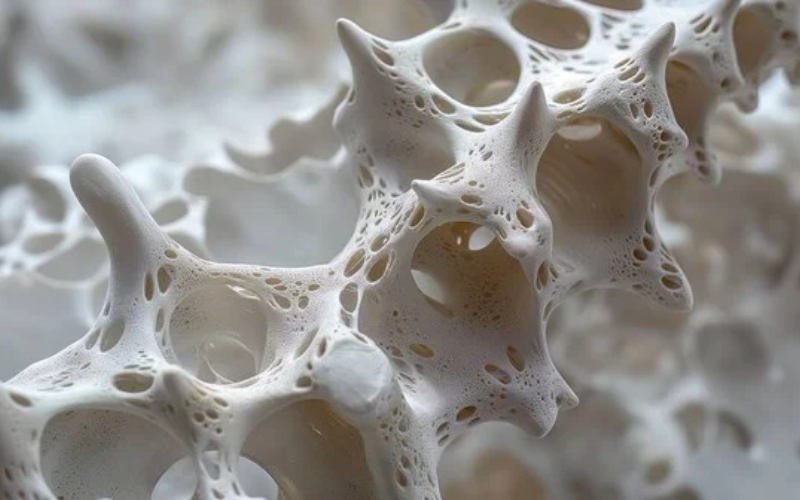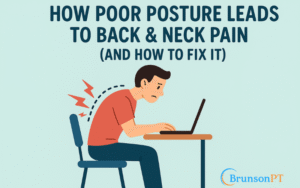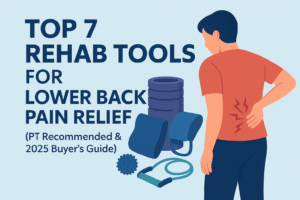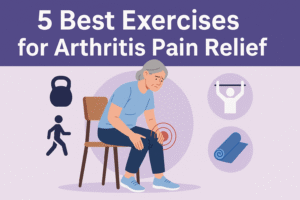What is osteoporosis, and why should you care? This bone-thinning disease affects millions of people, often without any warning signs. In this easy-to-follow guide, you’ll learn what osteoporosis is, what causes it, and how it can quietly weaken your bones over time. We’ll also cover simple steps you can take in 2025 to keep your bones strong and healthy. Whether you’re looking to prevent it or understand it better, this guide will give you the answers you need.
Table of Contents
🚨 Looking for more information about Osteoporosis? Check out our Stronger Bones: The Best Exercises for Osteoporosis You Need to Try or other related posts throughout this site.
🏁 Intro: What is Osteoporosis?
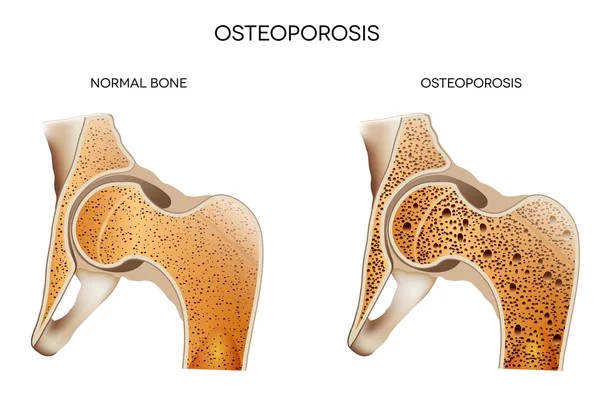
Osteoporosis is a disease that makes your bones weak and more likely to break. The word “osteoporosis” means “porous bone.” If you looked at a healthy bone under a microscope, it would look like a honeycomb. But with osteoporosis, the holes and spaces in the bone structure become much larger, causing the bones to lose strength and density.
Why Does Osteoporosis Matter?
Osteoporosis is often called a “silent disease” because it can develop slowly over the years without any signs. Many people don’t even know they have it until they break a bone—often in the hip, spine, or wrist. In fact:
- 1 in 2 women and 1 in 4 men over age 50 will break a bone due to osteoporosis.
- Every 3 seconds, someone in the world has an osteoporosis-related fracture.
What Happens to the Bones?
Your bones are living tissue. They’re constantly being broken down and rebuilt. But with osteoporosis, the body can’t keep up—more bone is lost than replaced. This makes your bones thin, brittle, and easier to break from a fall—or even a cough or bend in severe cases.
🟡 Common Symptoms of Osteoporosis
One of the tricky things about osteoporosis is that it often has no symptoms at first. That’s why it’s called the “silent disease.” Most people don’t know they have it until they break a bone.
But there are signs you can watch for as the disease gets worse:
1. Bone Fractures (Especially from Small Falls)
- Breaking a bone from a minor fall—or even from sneezing or bending over—can be a sign of osteoporosis. Common fracture areas include the hip, spine, and wrist.
2. Loss of Height
- Have you lost an inch or two in height over the years? This may be due to compression fractures in the spine, where weakened bones collapse.
3. Stooped Posture
- A rounded or hunched upper back (called kyphosis) can happen when spinal bones weaken and begin to collapse.
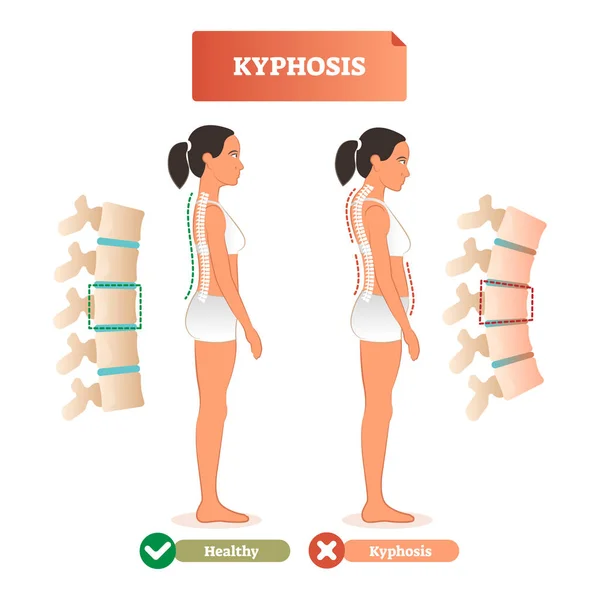
4. Back Pain
- Sudden or ongoing back pain may be caused by tiny fractures in the spine.
🧑⚕️ When Should You See a Doctor?
Knowing when to see a doctor can help you catch osteoporosis early—before a serious fracture happens.
You should talk to your doctor if:
1. You’ve Broken a Bone Easily
If you’ve had a fracture from a small fall, lifting something light, or even coughing, that’s a red flag. It could mean your bones are weaker than normal.
2. You’re Losing Height
Losing one inch or more in height may be a sign of spinal bone loss due to osteoporosis.
3. You Have Risk Factors
Even if you feel fine, you should get checked if you:
- Are over 50
- Have a family history of osteoporosis
- Went through early menopause
- Smoke or drink often
- Don’t get enough calcium or vitamin D
- Have a small or thin body frame
4. You’re Over 65
Women aged 65+ and men aged 70+ should get a bone density test, even if they have no symptoms.
What Can the Doctor Do?
Your doctor can order a quick and painless bone density scan (DEXA test) to see how strong your bones are. They may also check your vitamin D levels and review your lifestyle to create a treatment or prevention plan.
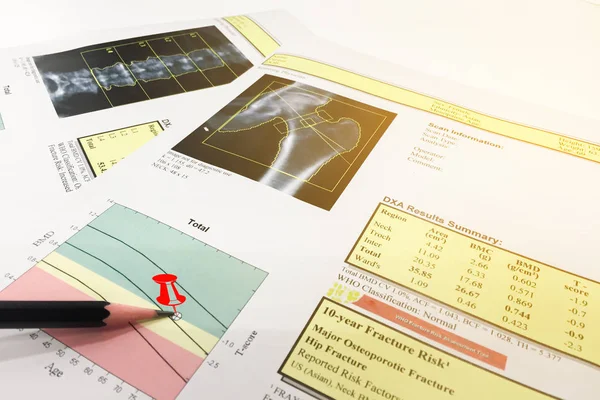
📊 Symptoms of Osteoporosis vs. Other Common Bone/Joint Issues
| Symptom | Osteoporosis | Osteoarthritis | Rheumatoid Arthritis | Bone Fracture |
|---|---|---|---|---|
| Gradual bone loss | ✅ Common | ❌ Rare | ❌ Rare | ❌ Not related |
| Back pain | ✅ May occur (especially spine) | ✅ Common (joints/low back) | ✅ Common (joints) | ✅ Common after injury |
| Loss of height | ✅ Common (over time) | ❌ Not typical | ❌ Not typical | ❌ Not typical |
| Stooped posture | ✅ Common in advanced cases | ❌ Not typical | ❌ Not typical | ❌ Not typical |
| Joint stiffness | ❌ Not typical | ✅ Common (especially morning) | ✅ Severe (worse in morning) | ❌ Not typical |
| Swelling around joints | ❌ Not typical | ✅ Mild | ✅ Significant | ✅ Possible if near joint |
| Fractures from minor falls | ✅ Very common sign | ❌ Not typical | ❌ Not typical | ✅ Yes, but caused by trauma |
| Fatigue | ❌ Rare | ❌ Rare | ✅ Common | ✅ May occur after injury |
💊 Treatment Options for Osteoporosis
If you’ve been diagnosed with osteoporosis, don’t panic—there are several effective treatments available. The main goals are to slow bone loss, build bone strength, and prevent fractures.
1. Medications
Doctors may prescribe one or more of these treatments depending on your age, risk level, and bone density results:
- Bisphosphonates – These are the most common drugs for osteoporosis. They help slow bone loss and reduce fracture risk.
- Hormone therapy – Estrogen therapy can help some postmenopausal women. Other options include selective estrogen receptor modulators (SERMs).
- Bone-building medications – Drugs like teriparatide or romosozumab help the body build new bone. These are used for people with very high fracture risk.
Note: Always talk to your doctor about side effects and which medication is right for you.
2. Diet and Supplements
Strong bones need the right nutrients. These are a must-have for any treatment plan:
- Calcium – Most adults need 1,000–1,200 mg per day.
- Vitamin D – Helps your body absorb calcium. Aim for 600–800 IU daily (or more if your levels are low).
Pro Tip: Try to get calcium from food first—like dairy, leafy greens, and almonds.
3. Exercise
Weight-bearing and strength-training exercises can help slow bone loss and improve balance, which lowers fall risk. Some great options include:
- Walking
- Light resistance training
- Tai chi or yoga for balance and posture
4. Lifestyle Changes
✅Fall-proof your home – Remove trip hazards and use non-slip rugs.
✅Quit smoking – Smoking weakens bones.
✅Limit alcohol – Too much alcohol can increase your risk of falls.
🛠️ Top Tools to Help Manage Osteoporosis at Home
Looking for the right tools to support your bone health and stay safe at home? These expert-recommended picks are simple, effective, and easy to use—perfect for anyone living with osteoporosis.
As an affiliate, we may earn a small commission if you purchase through these links, at no extra cost to you. We only recommend tools we believe truly help.
🏋️♀️ TheraBand Resistance Bands Set
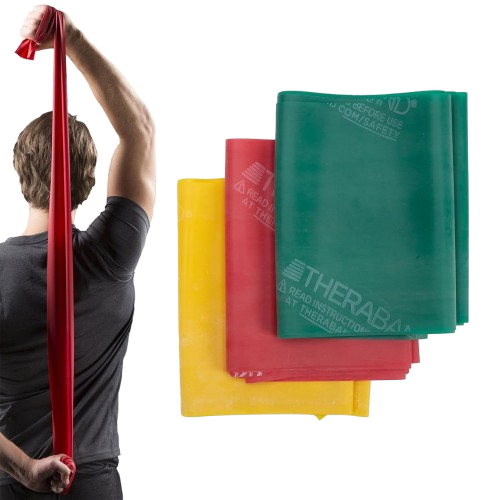
Gentle strength training made easy.
These color-coded bands offer light to moderate resistance—perfect for daily exercises that support bone and joint health. Ideal for seniors and beginners alike.
✔️ Lightweight and portable
✔️ Great for upper and lower body
✔️ Used by physical therapists
🛒Click here to see it on Amazon ➜ TheraBand Resistance Bands Set
⚖️ Yes4All Balance Pad

Train balance. Reduce fall risk.
This soft foam pad adds a gentle challenge to your balance workouts. Helps improve stability and coordination—key for fall prevention.
✔️ Non-slip texture
✔️ Great for standing, squats, or yoga
✔️ Easy to clean and store
🛒Click here to see it on Amazon ➜ Yes4All Balance Pad
💊 Nature Made Calcium + D3 Supplement
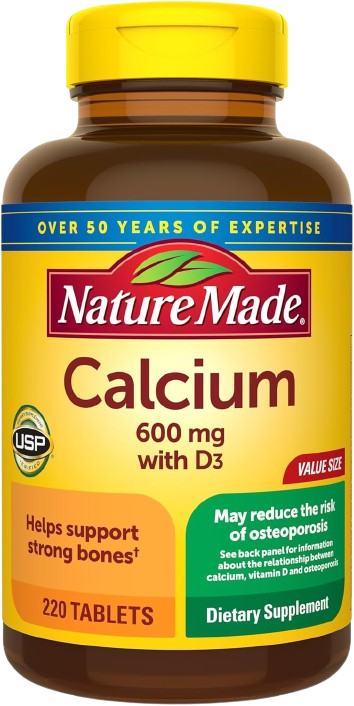
Support your bones from the inside out.
This trusted combo provides essential calcium and vitamin D3 in one easy tablet. Great for filling dietary gaps that can lead to bone loss.
✔️ USP verified
✔️ No synthetic dyes or artificial flavors
✔️ Budget-friendly
🛒Click here to see it on Amazon ➜ Nature Made Calcium + D3 Supplement
🛁 Vive Grab Bar for Bathroom Safety
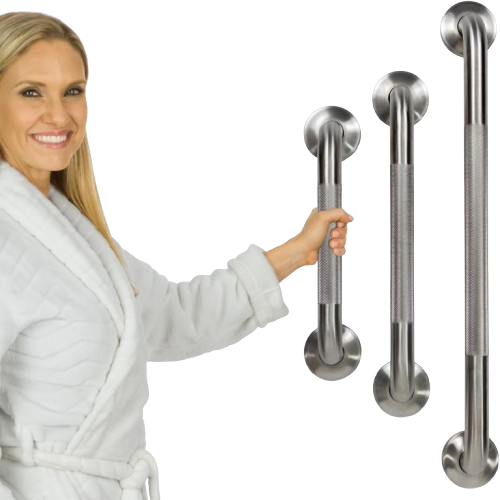
Stay steady where it matters most.
Tool-free installation makes this a quick upgrade for any bathroom. Adds instant support near tubs, toilets, or showers—no drilling required.
✔️ Strong suction grip
✔️ Easy to install and remove
✔️ Ideal for rentals or travel
🛒Click here to see it on Amazon ➜ Vive Grab Bar for Bathroom Safety
🪜 Delxo Folding Step Stool with Handle
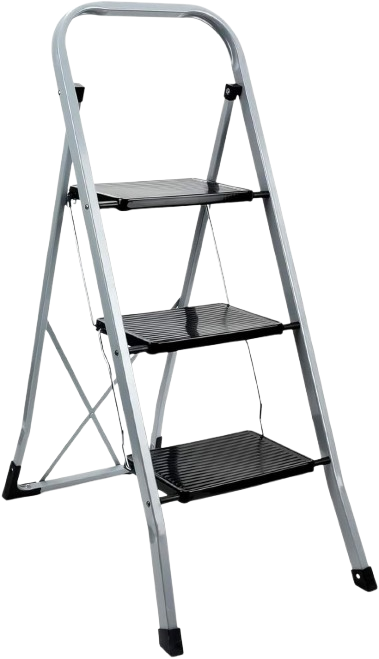
Reach safely—without the risk.
This sturdy, wide step stool comes with a tall handle for extra support. A great solution for avoiding risky stretches or climbs.
✔️ Anti-slip feet and platform
✔️ Holds up to 300 lbs
✔️ Folds flat for easy storage
🛒Click here to see it on Amazon ➜ Delxo Folding Step Stool with Handle
💼 Fit Geno Back Brace Posture Corrector

Improve posture, reduce spinal stress.
Lightweight and discreet under clothes, this posture brace encourages better alignment without being bulky or restrictive.
✔️ Adjustable and breathable
✔️ Great for daily wear
✔️ Supports spine and upper back
🛒Click here to see it on Amazon ➜ Fit Geno Back Brace Posture Corrector
🛡️ Medical Guardian Mini Guardian Alert Device
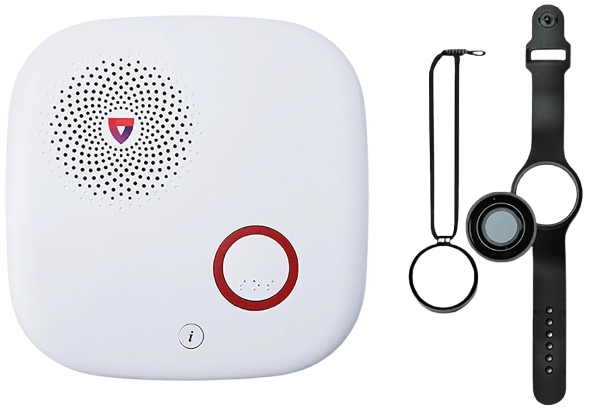
Peace of mind in your pocket.
This compact, wearable device detects falls and connects you to emergency services automatically—ideal for anyone living alone with osteoporosis.
✔️ No landline required
✔️ GPS + fall detection
✔️ Monthly monitoring plans available
🛒Click here to see it on Amazon ➜ Medical Guardian Mini Guardian Alert Device
🧠 Final Thoughts: Taking Control of Osteoporosis
Living with osteoporosis can feel overwhelming, but knowledge is power. The more you understand your condition, the better prepared you are to manage it.
Here’s a quick recap:
- Know the signs – Bone loss can happen silently. Don’t ignore back pain, fractures, or changes in height.
- Talk to your doctor – Early testing can prevent serious problems later.
- Use the right tools – From supplements to home safety gear, small changes make a big difference.
- Stay active and eat smart – Regular movement and a bone-friendly diet are your best defense.
You don’t have to face osteoporosis alone. With the right support, treatment plan, and lifestyle tools, you can stay strong, independent, and in control.
📢Ready to try the best tools for your Osteoporosis recovery? Explore our recommended products and build your home osteoporosis kit today!


